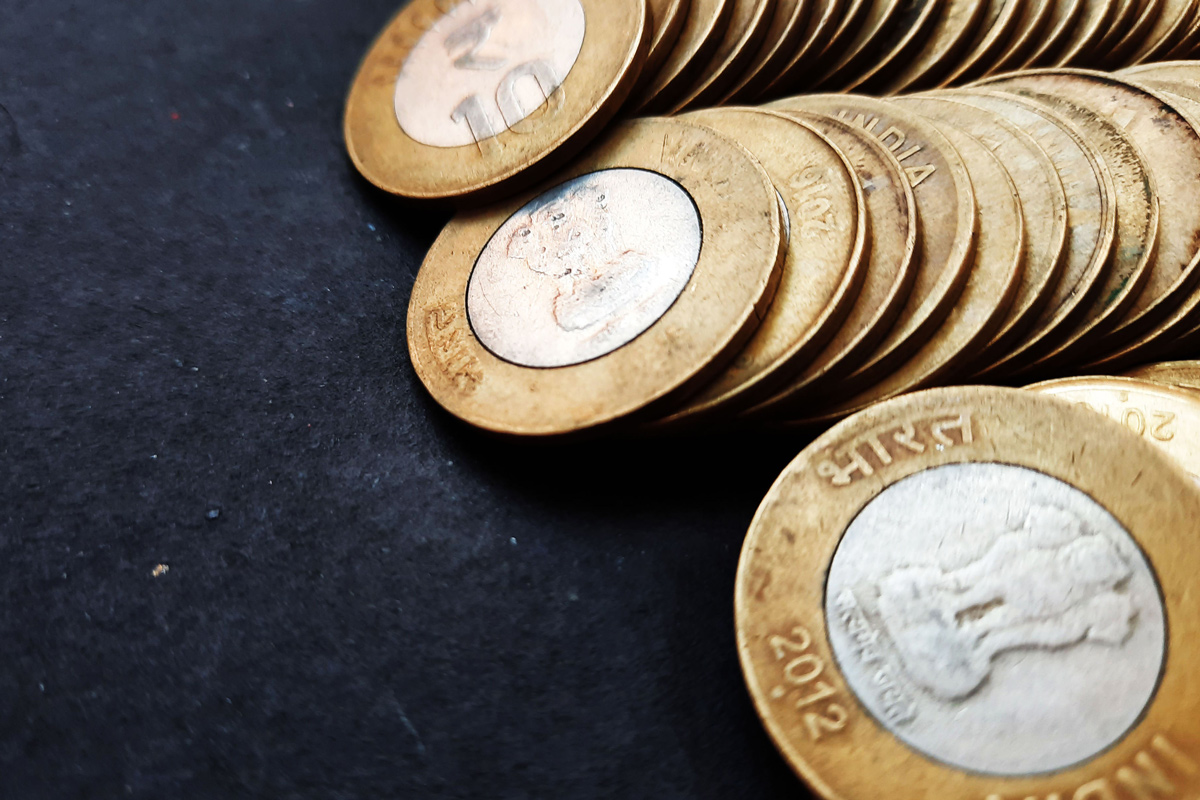India’s fiscal deficit for Apr-Nov recorded at Rs 8.47 trillion
In this period, the net tax receipts were at Rs 14.43 trillion, or 56 per cent of the annual target, compared with Rs 14.36 trillion for the same period last year.
Motilal Oswal had projected that India’s headline inflation would remain at six per cent up to July’20, before easing to four per cent by December’20.

(Photo: iStock)
The gap between government’s total income and expenditure is expected to balloon to Rs 14.6 lakh crore or 7.6 per cent of GDP in FY21 as economic disruptions are set for a long haul due to Covid-19 pandemic, brokerages analysing the deficit numbers said.
The Controller General of Accounts early this month said that the country’s fiscal deficit has expanded to 103.1 per cent of Budget Estimate in the April-July period primarily due to lower tax collection and higher expenditure for Covid-19 relief. The signals are clear indicators that the fiscal deficit would break all previous records to jump to over double the budget targets in FY21.
Advertisement
According to an EcoScope report by Motilal Oswal Financial Services, the higher 7.6 per cent fiscal deficit this year would be on account of an 18 per cent YoY contraction in total receipts and eight per cent growth in total spending.
Advertisement
During an emergency economic situation, it is always the increased government spending that helps to prop up the investment climate and boost demand in the economy. But worrisome aspect this year during the pandemic is that the government spending is expected to be highly skewed towards revenue (or current) spending this year with economic boosters capital expenditure on a decline.
The brokerage report showed that while revenue spending (largely to pay salary and pension bills) of the government could grow at 10 per cent in FY21, capital spending could decline by 2-3 per cent. If this trend continues, capital spending could suffer further and decline five per cent YoY in the remaining eight months of FY21 (v/s 3.9 per cent growth over April-July’20). On the other hand, revenue spending would grow eight per cent over the August’20-March’21 period (v/s 12.2 per cent growth over April-July’20).
The brokerage expects real GDP to contract seven per cent YoY in 2QFY21, worse than the earlier forecast of (-) 4.7 per cent, but certainly better than the growing consensus of another double-digit decline in real GDP. Consequently, the real GDP could decline to (-) 6.5 per cent YoY for the full-year FY21, marking the worst fall in the past seven decades. Also, India’s nominal GDP is likely to contract to (-) 5.3 per cent this year, marking its first contraction in 65 years, following the slowest growth seen in 48 years (7.2 per cent in FY20).
Motilal Oswal had projected that India’s headline inflation would remain at six per cent up to July’20, before easing to four per cent by December’20. Due to Covid-19, the expectation was that that headline inflation would ease to three per cent by December’20. However, with headline inflation at 6.7 per cent YoY each in July’20 and August’20, the brokerage has revised its forecasts upward. Consequently, fresh calculations suggest headline inflation is unlikely to fall below 4.5 per cent in FY21.
With the massive slowdown in the global and domestic economic environments, it is broadly expected that inflationary pressures would also subside substantially. While headline inflation has actually subsided in most nations, it has risen in Russia and Mexico and remained elevated in India and Turkey.
Advertisement